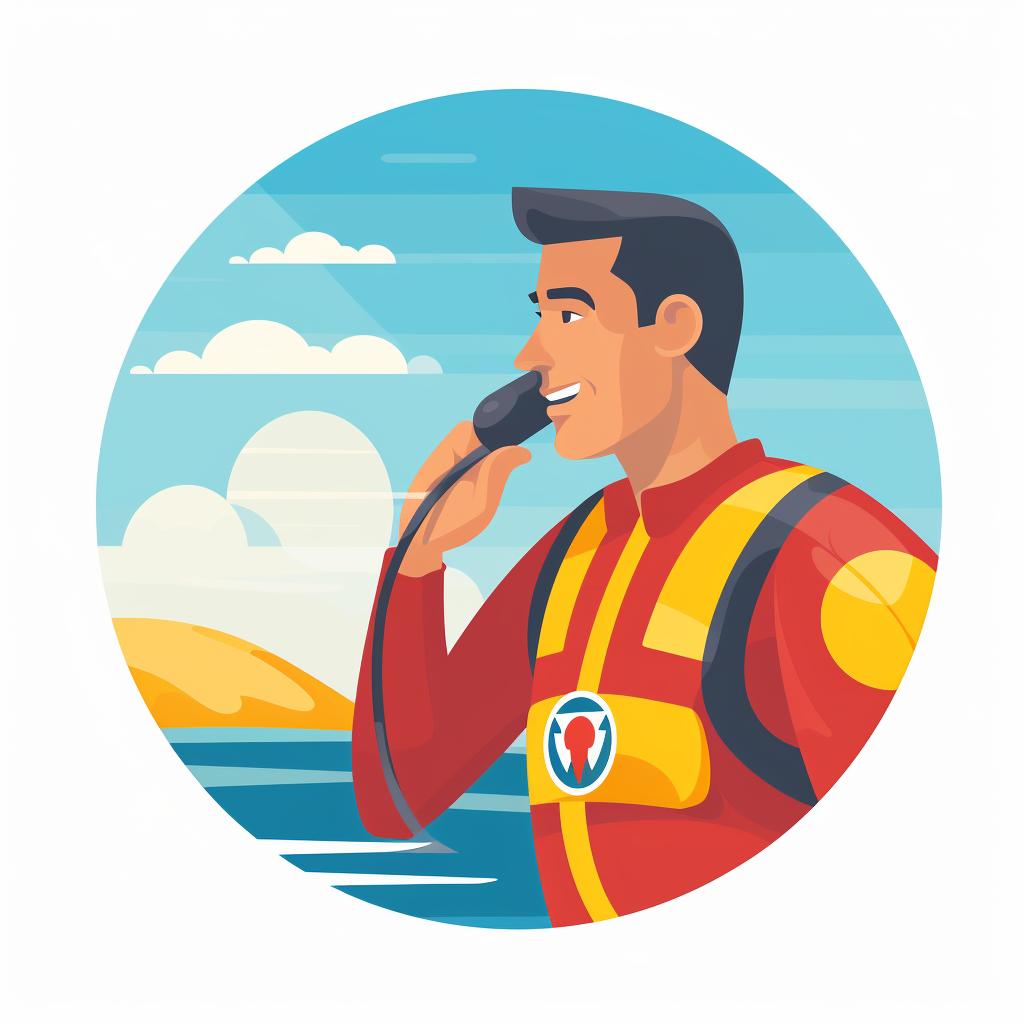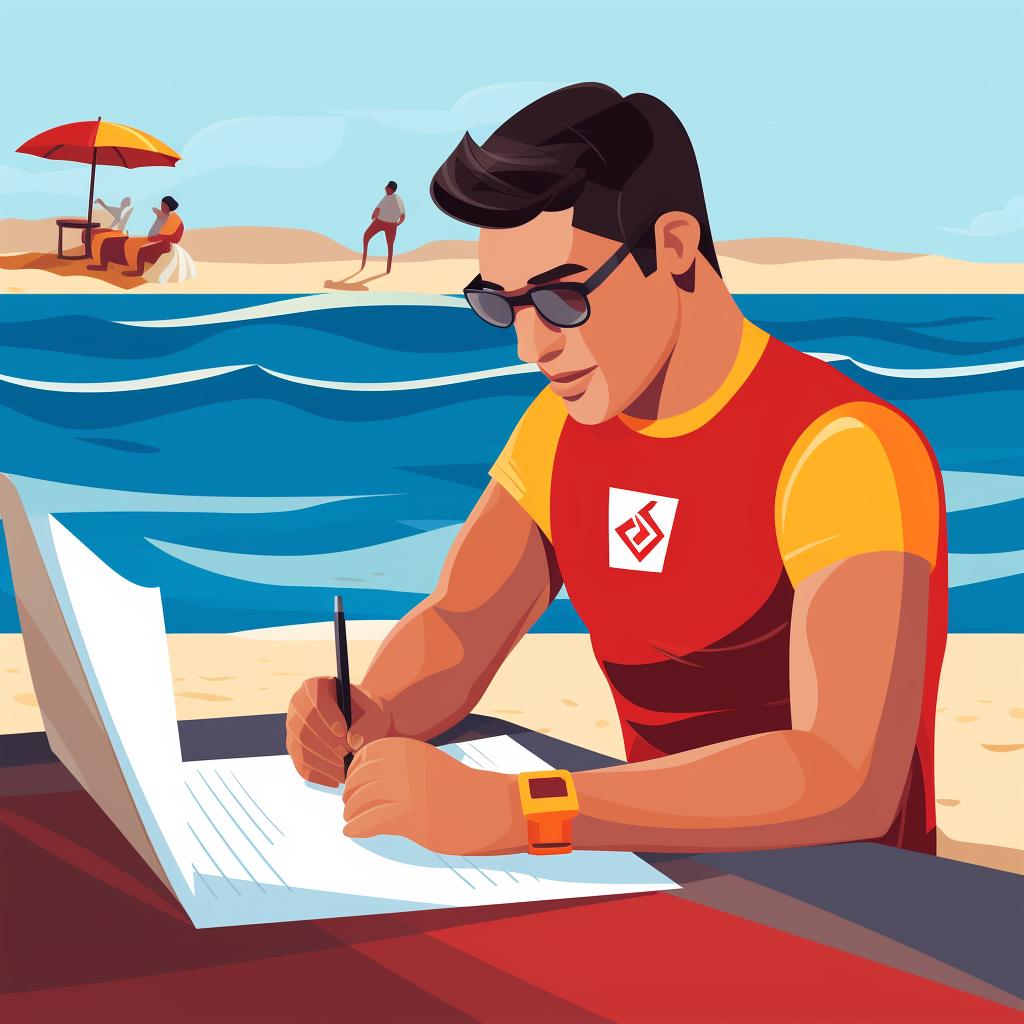Emergency Response: A Lifeguard's Guide from the Chair
Being a lifeguard is not just about looking good in a swimsuit. It's a role that requires a high level of responsibility, vigilance, and quick decision-making skills. As highlighted in our step-by-step guide, a lifeguard's job is to spot emergencies, alert the team, initiate and perform the rescue, and finally, follow post-rescue procedures.
Spotting the Emergency
From their elevated position in the lifeguard chair, lifeguards have a clear view of the entire swimming area. This allows them to spot any signs of distress or abnormal behavior quickly. The ability to identify potential dangers and react swiftly is a critical skill for any lifeguard.
Alerting the Team
Once an emergency is spotted, the lifeguard alerts the rest of the team. This is usually done by blowing a whistle or speaking into a radio. The type and number of whistle blasts or the specific radio code used will communicate the nature of the emergency to the team.
Initiating the Rescue
After alerting the team, the lifeguard quickly descends from their chair, grabs the necessary rescue equipment, and heads towards the emergency. The lifeguard's training will dictate the appropriate response based on the situation.
Performing the Rescue
Upon reaching the victim, the lifeguard executes the rescue. This could involve supporting the victim with the rescue buoy, performing a tow to shore, or administering first aid or CPR if needed.
Post-Rescue Procedures
After the victim is safe, the lifeguard documents the incident, detailing what occurred and the actions taken. This is crucial for record keeping, improving future responses, and ensuring the victim receives any necessary medical attention.
Being a lifeguard is a challenging and rewarding job. If you're considering a career in lifeguarding, it's important to understand the role and responsibilities of a lifeguard. You'll also need to undergo lifeguard training to gain the skills and knowledge necessary to handle emergency situations effectively.
Remember, as a lifeguard, you're not just a figure on a chair. You're a guardian, a first responder, and a lifesaver.















